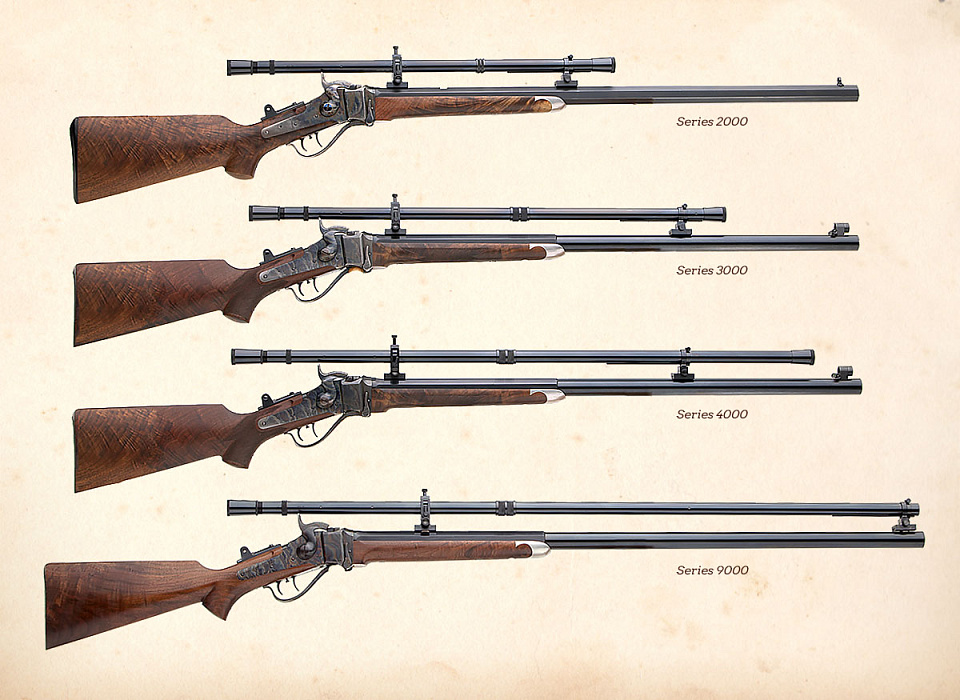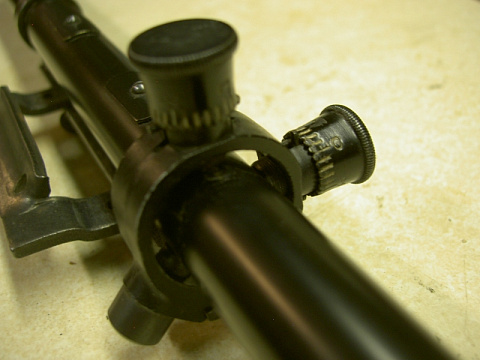|
Díkvšem! Ty staré dlouhé optiky se objevují v různých westernech; možná nejikoničtější je Josey Wales, když přestřelí lano toho přívozu. Van Cleefa jsem s ničím podobným nenašel, ale má tam těch záznamů nějak podezřele málo. A byly různě dlouhé, ano :)

Nicméně mně nešlo o délku, ale (a) o tu prapodivnou montáž, (b) o ten divný zaměřovač uvnitř, (c) o to tvrzení, že je to bez skla (ale to taky prostě může být neznalost/lež, kdo ví).
Každopádně jsem takovouto montáž nikdy a nikde neviděl. Už dávno před občanskou válkou se dělaly montáže s „mikrometrickými“ šrouby, koncepčně hodně podobné moderním puškohledům, akorát že neposunovaly vnitřní skrytou rouru, ale byly usazené zvenčí a posunovaly to celé:

A aby v tom nebylo žádné sklo mi taky nedává smysl, stejně jako kolegovi 666. Jakou by to pak mělo výhodu proti otevřeným mířidlům s dioptrem? Podle mne naprosto žádnou, naopak, bylo by to po všech stránkách horší. |
